Early Modern (1450 CE - 1800 CE)
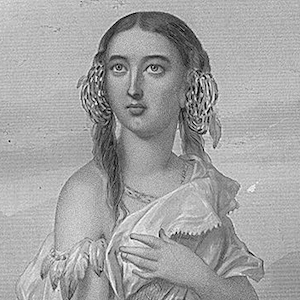
Pocahontas (Matoaka) 1595-1617
Pocahontas, a legendary figure in American history, was the daughter of a powerful 17th-century Powhatan chief.
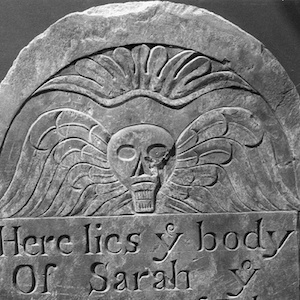
Gravestones and Childhood
In 17th-century New England, Puritan beliefs about "infant depravity" (born with "original sin") generated anxieties about "eternal damnation" that shaped methods of childrearing and notions of death. Puritan beliefs can be "read" on the gravestones often made out of dark grey slate.
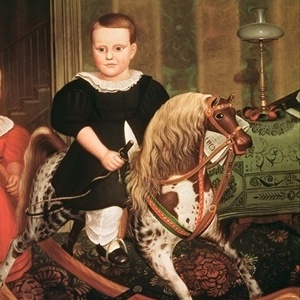
Hobby Horse
This oil on canvas painting by an unknown American folk artist was painted around 1840. It depicts two siblings at play.

Kuttab, or Primary Level Qur’an School
This public building of Mamluk Cairo in Egypt has two functions. Its lower level housed a sabil, or fountain, for dispensing water to thirsty travelers and denizens of the city, and its upper level was a public primary school for the teaching of Qur'an, called a kuttab.
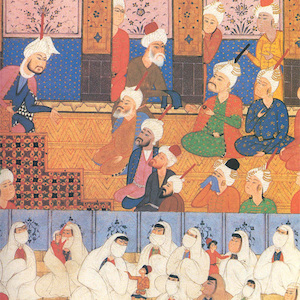
Majalis al-‘ushshak: Gathering in a Mosque
This image from a 16th-century Persian manuscript illustrates the visit of a renowned teacher to a mosque. Such visits were much anticipated, and this image demonstrates the wide range of people who attended. Seating arrangements illustrate the social organization for the event.

Animal Baking Mold
This hollow cast iron container is a baking mold used for shaping bread or cake for children, according to archaeologists. It was excavated with a similar elephant mold.

Gin Lane (1751)
This is one of the best-known prints by the famous artist, William Hogarth. He designed it to support the British government's attempt to regulate the price and popularity of drinking gin (known as Geneva) in the Gin Act of 1751. The print is accompanied by the following verse:
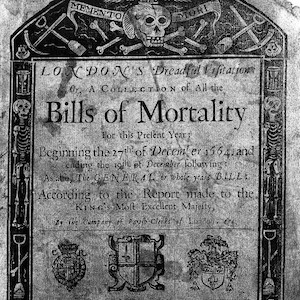
London's Bill of Mortality
During the great outbreak of bubonic plague or black death in the hot summer of 1665 in London, special bills of mortality were issued that listed causes of death.
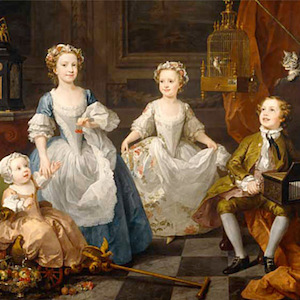
The Graham Children
This beautiful life-size painting of four children is by William Hogarth, who also specialized in engravings such as Gin Lane. It was commissioned by Daniel Graham, a rich apothecary (pharmacist) to the royal family and to Chelsea Hospital in London.

An Inquiry into the Causes and Effects of the Variolae Vaccinae
Edward Jenner (1749-1823) was a physician in rural Gloucestershire. Like Lady Mary Wortley Montagu he learnt of a widely known folk remedy to protect against smallpox. Smallpox cases were increasing in the 18th century and had a mortality rate of 40%.